Recent Articles
Popular Makes
Body Types
10 Crossovers to Buy in 2016
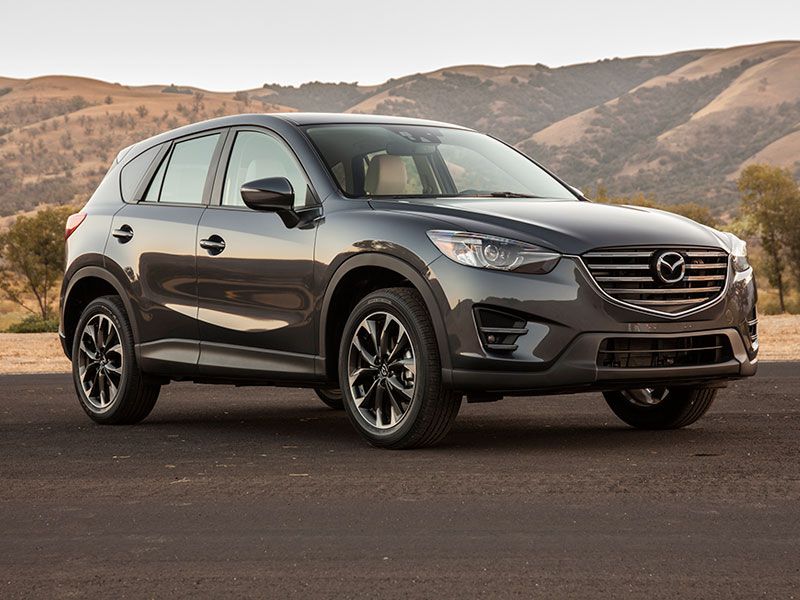
2016 Mazda CX-5 ・ Photo by Mazda USA
Now that crossovers have nearly caught up with cars as customers’ favorite rides, we've uncovered a list of 10 crossovers to buy that offer nearly everything owners could want, from pricing strategy to fuel-efficient hybrid powertrains to many of the industry’s most sought-after safety measures. We have narrowed the field to appeal to the heart of the market rather than reflecting our personal favorites, specifically as it applies to the customer buying experience. This list showcases some of the newer and more significant selections from a very crowded marketplace.
2016 Mazda CX-5
The original CX-5 launched as the first Mazda product to go all-in with Skyactiv technology and Kodo “Soul of Motion” design, and the brand immediately hit the jackpot. Now, the 2016 Mazda CX-5 is the best-selling vehicle in the company’s U.S. lineup, backed by a major midlife upgrade that makes it one of the best crossovers to buy from any brand. Changes include fresh styling both at the front end and in the cabin, as well as a serious influx of innovative technologies. For example, a Mazda Connect setup with a full-color 7-inch touchscreen—and the brand’s Commander control interface—debuts from the infotainment department, as does standard Bluetooth connectivity. Already available were the i-Activsense safety bundle and a Top Safety Pick+ recognition from the IIHS. The CX-5 also delivers commendable crossover-style cargo capacity: 34.1 cubic feet with the vehicle’s rear seats in use and 64.8 cubic feet in total.
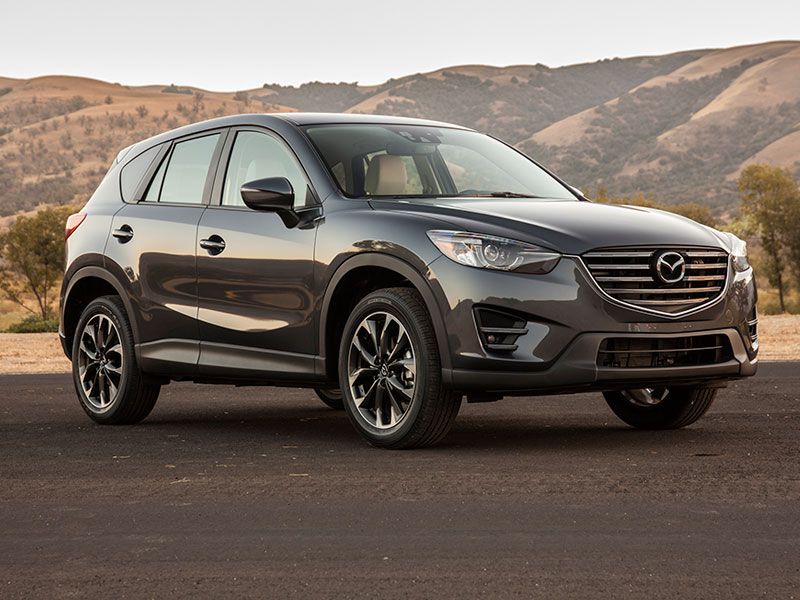
Photo by Mazda USA
2017 Ford Escape
The best crossovers to buy from the Blue Oval include the 2017 Ford Escape, which also has been thoroughly overhauled for the new selling season. More specifically, it’s been both restyled and re-engineered, with the brand introducing a raised, more rugged grille treatment and new hood, along with a number of Ford-first technologies. Among them are the brand’s first adaptive cruise-control system with collision warning and brake support, to go with driver-assistance measures like a lane-keeping system and drowsy-driver alert, and then there’s the first standard stop/start tech for the Escape’s two new EcoBoost engines. One is a 1.5-liter unit good for 179 horsepower, 177 lb.-ft. of torque and EPA ratings of up to 30 mpg highway, with the other, a 2.0-liter engine, able to serve up 245 horses and 275 lb.-ft. of torque but still score a highway grade of 29 mpg with the EPA.
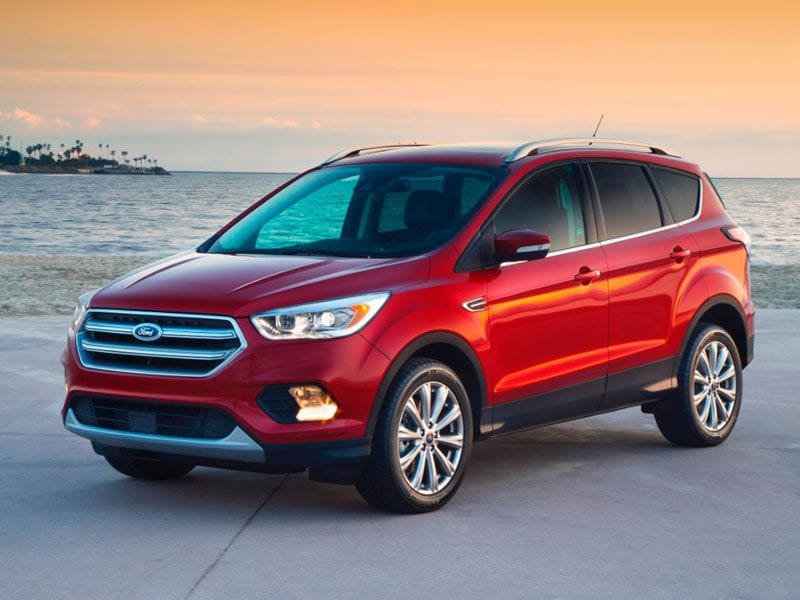
Photo by Ford
2016 Jeep Cherokee
Most people don’t focus on off-road capability when they’re looking at the right crossovers to buy, but the 2016 Jeep Cherokee continues to reflect its brand’s trademark trail-rated prowess—at least in its Trailhawk trim. Jeep calls that the “most capable mid-size SUV in the segment” and configures those models with a standard Active Drive Lock 4X4 system, Selec-Terrain traction-control technology, and helpful hardware like skid plates and tow hooks. Yet thanks to a nifty nine-speed automatic transmission, drivers who choose a front-wheel-drive Cherokee can see EPA ratings of 22 mpg city/31 mpg highway/25 mpg combined. Further, while Jeep prices the Cherokee from a practical $23,395, it also caters to lux-leaning customers with a new Overland trim that offers standard Nappa leather seating, a heated and ventilated front row, a redesigned steering wheel with real Zebrano wood trim, and blind-spot monitoring with rear cross-path detection.
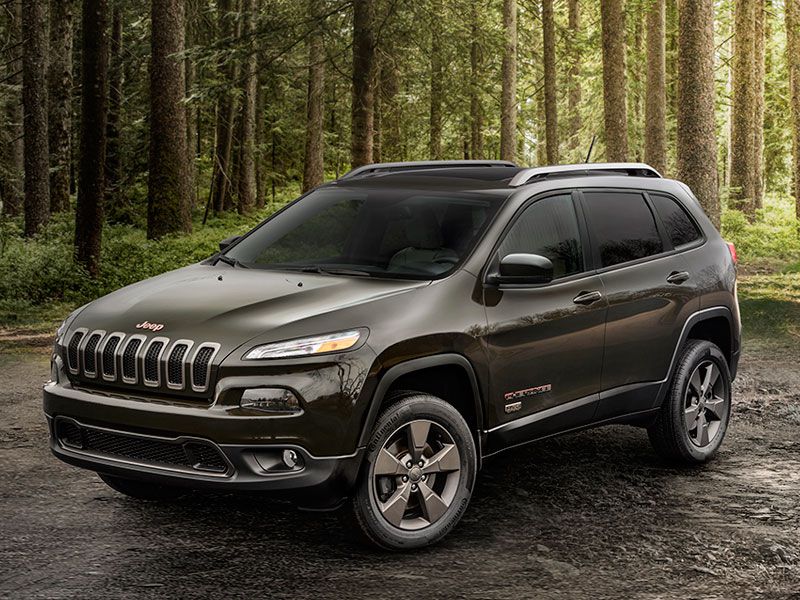
Photo by Lincoln
2016 Honda HR-V
The suggested crossovers to buy provide particularly high levels of versatility, since that’s among the defining characteristics of the category—and of the 2016 Honda HR-V, for that matter. The HR-V is Honda’s smallest crossover entry with a subcompact length of less than 170 inches, however its cabin contains 100.1 cubic feet of passenger volume. To put that into context, it’s noticeably more room than found in some compact sedans from the next size class up. Meanwhile, that’s complemented by a 23.2 cubic-foot rear cargo hold that can expand to supply 58.8 cubic feet of storage—and items up to 8 feet long or 4 feet tall—depending on how the HR-V’s second-row seats are folded. The Honda also has stellar fuel-economy grades of up to 28 mpg city/35 mpg highway/31 mpg combined, bolstered by enough real-world efficiency to be named Green Car Journal’s 2016 Green SUV of the Year.
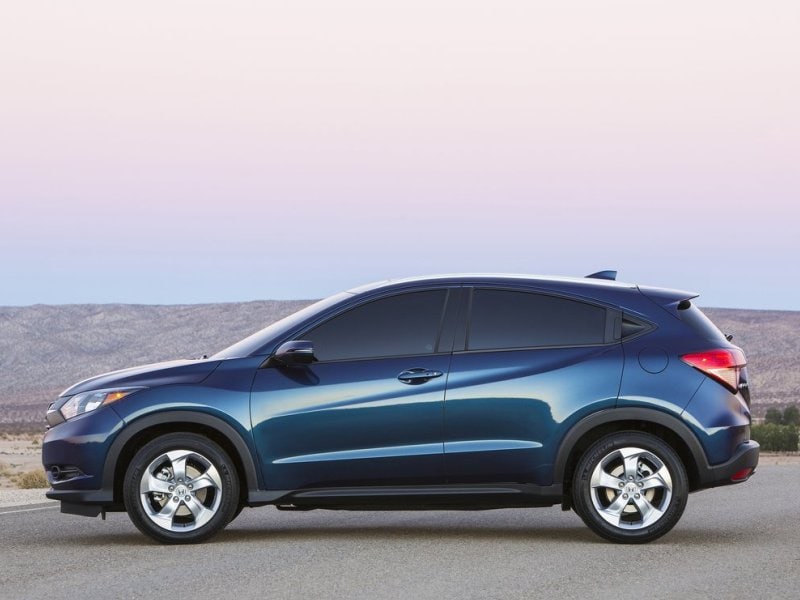
Photo by Honda
2016 Ford Explorer
Although its sales numbers aren’t quite as high as at the turn of the millennium, when the body-on-frame Explorer SUV was delivering more than 400,000 units a year, the 2016 Ford Explorer is again the top seller in its segment now that it’s one of the best crossovers to buy. Ensuring that popularity won’t wane is a constant flow of Ford improvements, too, like a new-for-2016 EcoBoost powerplant. This 2.3-liter, four-cylinder engine is both effective and efficient, furnishing owners with 280 horsepower, 310 lb.-ft. of torque and the best EPA ratings in the lineup: 19 mpg city/28 mpg highway/22 mpg combined. Additionally, it’s the first four-cylinder EcoBoost engine that can be paired with an Explorer towing package and the vehicle’s intelligent all-wheel-drive Terrain Management System. Customers also can look forward to a bold Sport Appearance package for the 2017 Explorer XLT starting this summer.
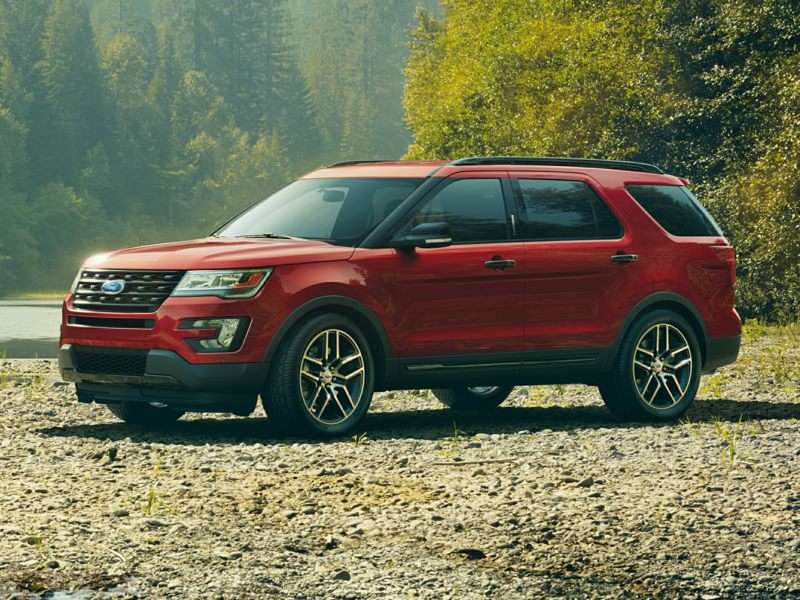
Photo by Ford
2016 Toyota RAV4
Many customers seem to have forgotten about fuel efficiency as gasoline prices fell, but Toyota hasn’t. Instead of waiting for shoppers to come to dealerships for its hybrid cars, it’s begun taking that technology to some of the best crossovers to buy, such as the 2016 Toyota RAV4. The new hybrid model will exceed 30 mpg in all EPA testing, with an overall line of 34 mpg city/31 mpg highway/33 mpg combined. But the bonus for buyers is that it does so with plenty of interior versatility. The hybrid has 35.6 cubic feet of cargo space behind the second row and more than 70 cubic feet with the rear seats folded, and though that is slightly less than the gas model, it’s also more than some mainstream competitors. At the same time, the AWD-only hybrid is faster than the gas model and even has a higher tow rating.
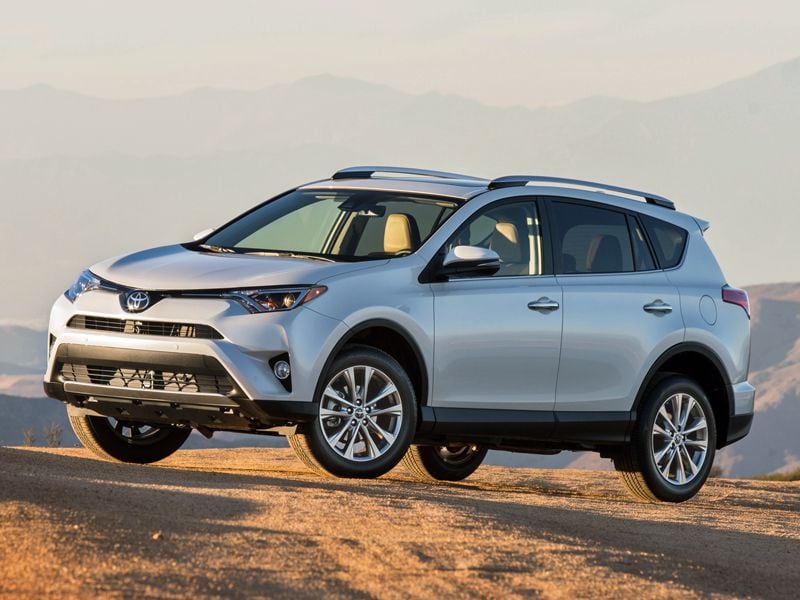
Photo by Toyota
2017 GMC Acadia
Of all the advantages found in the all-new 2017 GMC Acadia—and there are a lot—one in particular caught our attention: an MSRP of $29,995 that’s $1,905 lower than the entry point to the 2016 roster. Of course, this being a Pro Grade product, the 2017 Acadia also has more standard equipment than the previous entry model, along with connectivity resources including mobile Wi-Fi and smartphone integration with Android Auto and Apple CarPlay. Engineers also transformed the driving experience in the Acadia by removing some 700 lbs. of excess curb weight—as compared to the 2016 models—while supplying two new engines. The standard 2.5-liter unit can yield up to 28 mpg on the highway, and the premium 3.6-liter V6 is expected to belt out 310 horsepower and 271 lb.-ft. of torque. Sophisticated driver-assistance measures and an ultra-lux Denali model are available as well.
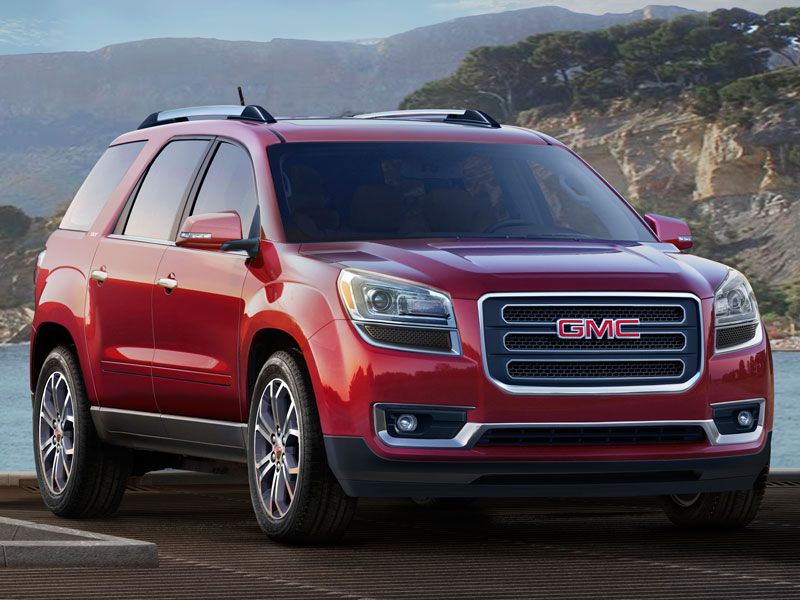
Photo by General Motors
2017 Chevrolet Trax
The Bowtie brand’s crossovers worth buying benefit from GM’s extensive range of connectivity features, so even the 2017 Chevrolet Trax, which is Chevy’s subcompact entry model, can be ordered with 4G LTE service, mobile Wi-Fi capability and support for Android Auto/Apple CarPlay smartphone integration. Also, recognizing how much customers care about safety technology in this segment, the brand is bringing four new driver-assistance systems to the 2017 Trax: side blind-zone alert, rear cross-traffic alert, forward collision alert and lane-departure warning; a rearview camera and 10 airbags are standard. Design-wise, the updated Trax wears the new front face of the Chevy brand and, in the cabin, a freshened, more refined interior awaits owners. It’s additionally worth noting that the Trax touts a standard turbocharged engine. Displacing 1.4 liters, this four-cylinder unit can provide a peppy 138 horsepower and 148 lb.-ft. of torque.

Photo by General Motors
2016 Kia Sorento
Well known for its dramatic design, Kia has added a significant dose of practicality to its midsize choice, catapulting the 2016 Kia Sorento into the ranks of the crossovers to buy. The changes create more headroom and legroom at all seating positions and in both two- and three-row configurations, and there’s also more total cargo space and more room for cargo behind the third row. Moreover, Kia made it easier to access the third row, thanks to an increase in boarding space, with engineers further finding a way to improve usability through the Sorento’s easy-fold lever. It allows owners to quickly reconfigure the Kia’s cabin for optimum cargo and people capacity, for instance by folding the second row flat without opening the rear tailgate. The Sorento then serves up more sound and fury by offering Harman’s Clari-Fi digital audio tech and a new 240-horsepower, 2.0-liter turbo engine.
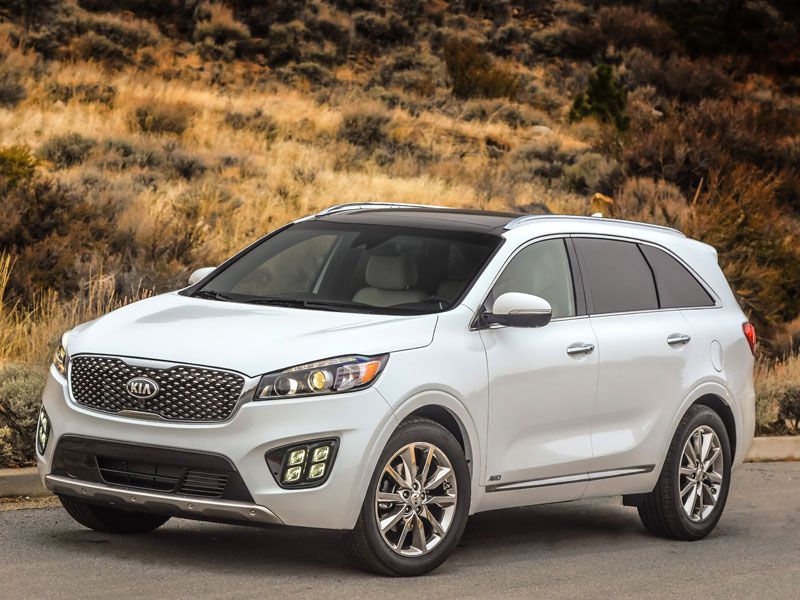
Photo by Kia
2016 Subaru Outback
Most of the crossovers on our list to buy betray their SUV aspirations with robust and rugged design cues. The 2016 Subaru Outback, on the other hand, has begun a return to its roots with a positioning as the “World’s First Sport Utility Wagon.” Marketing messages aside, the Outback outperforms some of its more traditionally styled rivals in important crossover categories such as cargo space. Subaru engineers have carved out 35.5 cubic feet of it for the Outback’s rear storage area, and when the vehicle’s second-row seats are folded, total cargo space grows to 73.3 cubic feet. Similarly, the Outback distinguishes itself with a Top Safety Pick+ honor from the IIHS—including the highest rating for available front crash-prevention technology—and stand-out EPA grades. Thus, the Outback combines the confidence of standard symmetrical all-wheel drive with standard fuel-efficiency marks of 25 mpg city/33 mpg highway/28 mpg combined.
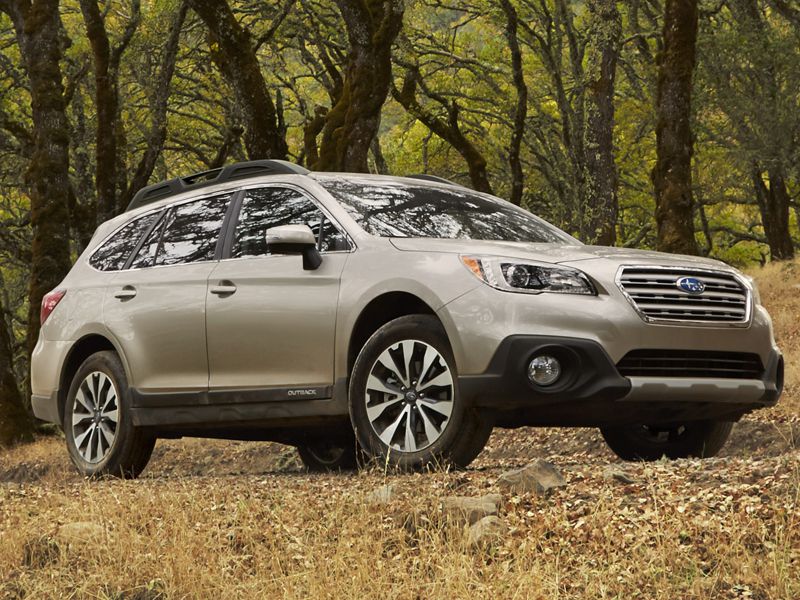
Photo by Subaru